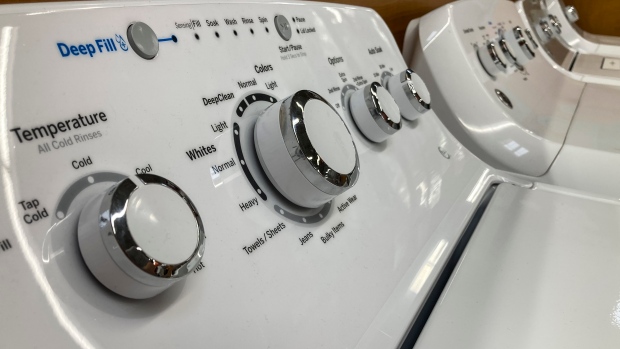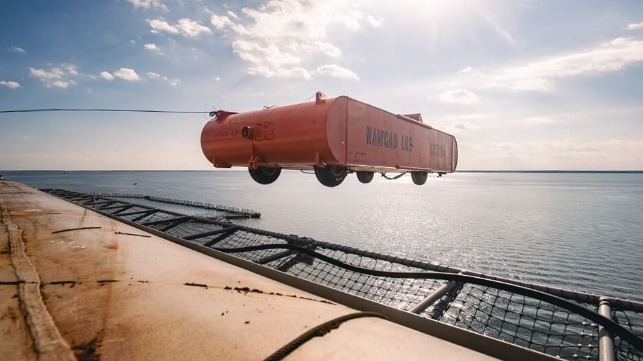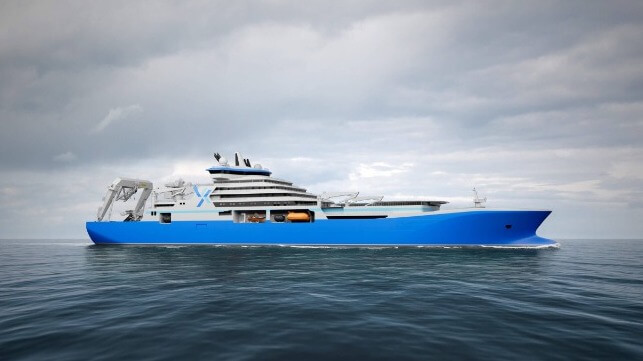Cape Breton U tripled its international recruitment. Students say they pay the price.
, The Canadian Press
Over the past five years, Navy Nguyen says she has watched thousands of international students arrive at Cape Breton University to find a town that was wholly unprepared for them.
From 2019 to 2020, the school more than tripled its efforts to recruit international students, before being forced to scale back as incoming students couldn't find anywhere to live or work, and services such as public transportation were swamped.
Nguyen said the situation set up international students to bear the brunt of these failures, and then to be blamed for them, all while they were paying more than double the fees a Canadian student pays.
"We were recruited into this situation that we did not cause," Nguyen, 24, said in an interview.
"We all moved here because we want a better life, we want a better education, we want a better outcome," she added. "It's possible. I'm definitely a better version of myself, but it comes with so much cost."
Federal Immigration Minister Marc Miller announced last month that new visas for international students would be cut by more than one-third this year, a move presented in part as a way to alleviate pressure on housing. Students say that rather than capping international study admissions, governments should address the systemic problems the high number of admissions exposed.
Figures obtained through access to information legislation show that in 2018, Cape Breton University hired 53 agents to recruit international students. The next year, that number leapt to 142, and then in 2020 it hit 179. The school cut back to 102 recruitment agents in 2021, and then to 70 and 53 in the following years.
In 2018, the year Nguyen arrived from Vietnam, there were 1,982 full-time international students at the school, making up 48 per cent of the university's population, figures from the Association of Atlantic Universities show. Now, there are nearly 7,000 international students at the school, three-quarters of the university's population.
That's more than a fifth of the entire population of Sydney, N.S., the coastal community where the university is located.
The university doubled its revenue in that time, from $69.1 million in 2018 to $139.5 million last year, according to financial statements available online. International students pay around $20,000 each year in tuition and fees at the school.
Nguyen said the community quickly became strained as more students arrived. Jobs became scarce and students crowded into rentals, many of which were in need of repair. CBC News reported that Rajesh Gollapudi, a business analytics student at the school, died in a fire in 2022 in a house he shared with seven other people. Court documents show the landlords have been charged with several fire safety infractions, and they are scheduled to enter a plea in March in provincial court.
Public buses between Cape Breton towns became packed with students, who had to live farther away and plan their days around sporadic rural bus schedules and long commutes, Nguyen said. Some live in their cars because they can't find housing, or they live in Halifax and make the long drive to Cape Breton.
They face racism and xenophobia from some, she said, but others see the young, educated people breathing life into a region known for its aging population.
Seventy-six-year-old Murdoch Moore and his 69-year-old wife, Lynn, have grown close with several international students and their families. When the couple's home near Sydney was buried during a massive snowstorm this month, their international student friends shovelled out him and many of his neighbours, Moore said in a recent interview.
“I consider the international students that have come here for the last five-plus years to be a great asset and blessing to the area,” Moore said. "They're taking our jobs? If I hear that once more, I'll go ballistic." Rather, he said, they're building lives in the region and using their education to fill essential roles, particularly in health care.
Omon Iyoriobhe is doing a health-care internship in Halifax, and he's set to graduate from Cape Breton University in May. He said he was shocked to find rent cheaper in Halifax than in Cape Breton, where he paid $650 for a room in a house with seven other people.
The 28-year-old from Nigeria worries the federal government's two-year cap on study permits for international students is a blanket measure that doesn't recognize the nuances of Cape Breton, or the university's efforts to reduce overseas recruitment and build new student housing.
There is a "symbiotic" relationship between international students and their community, as they get Canadian educations while offering an economic boost to a struggling region, he said.
"These students definitely bring a lot to the system," Iyoriobhe said. "Trust me, that's why the government opened the borders in the first place."
For Nguyen, adequate government support for post-secondary education would ensure schools don't have to use international students as "cash cows." She has volunteered and worked with non-profits in the five and a half years she has been living in the region, and she hopes to continue that work after she graduates in May.
"I can see myself working ... to further develop the community," she said.
This report by The Canadian Press was first published Feb. 27, 2024.


